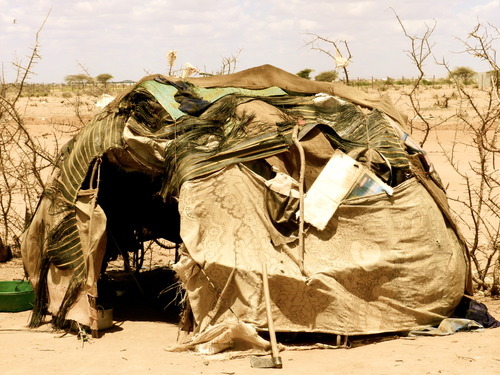
A typical shelter/home in Dadaab. Supplies in refugee camps such as tents were only designed to last a year max. As they break down, the refugees improvise where they can.
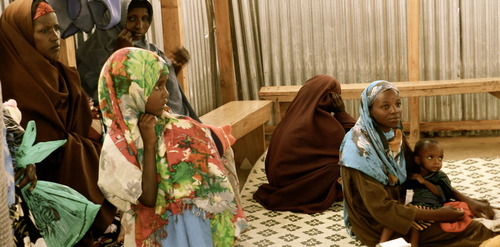
Mothers in the ‘severe malnutrition’ feeding center. The hair on the child far right is starting to grow back, creating a semblance of balding.
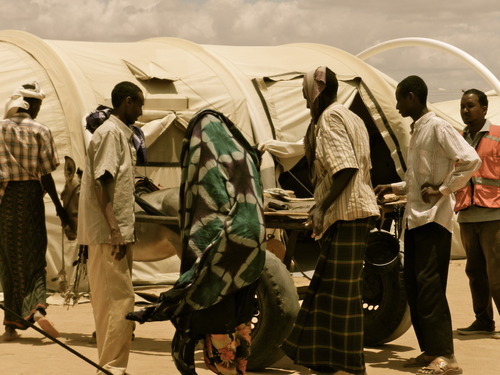
An elderly woman arriving for care at a clinic, helped by many community members.
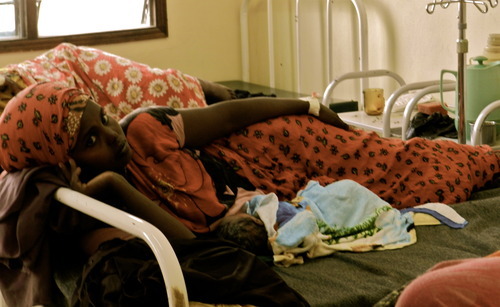
A new mum with a severely underweight infant.
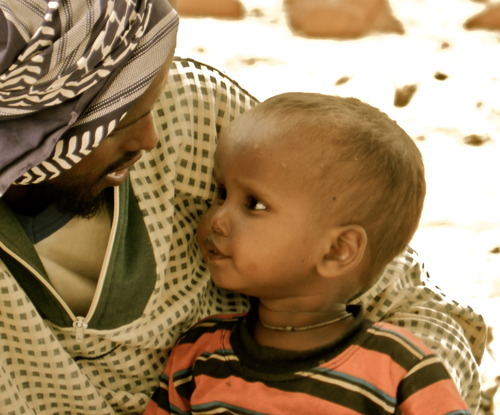
A tender moment between father and daughter outside a clinic.
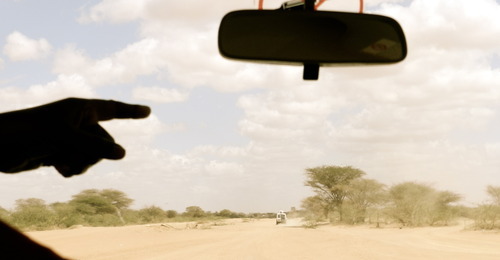
Pointing to the ‘dreaded road’ we had to drive along, where many ambushes and kidnappings by al shabaab take place. We are driving from the area where the UN and Red Cross compounds are, to the location of the 5 refugee camps that comprise Dadaab.

Inside one of the Kenya Red Cross medical compounds in Dadaab.
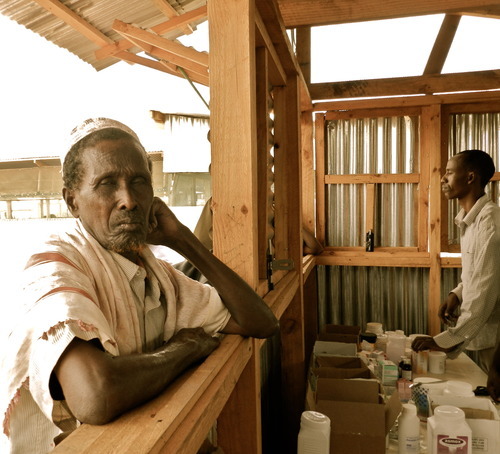
An elder at one of the Kenya Red Cross dispensaries. Dadaab refugees do not pay for medicines. Meanwhile, members of the host community surrounding Dadaab do. Many in these host communities live in much worse conditions than those in Dadaab.
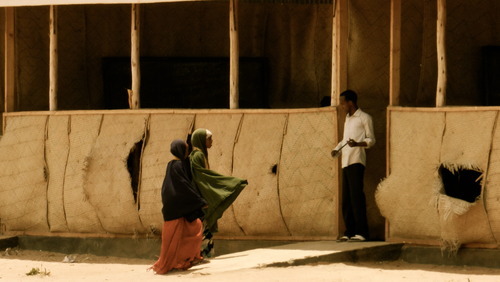
Two young girls at one of the primary schools. These schools hold thousands for enrollment, with teacher-student ratios as high as 160.
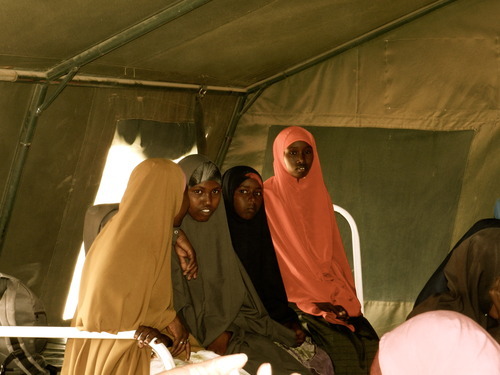
Girls in a meeting for ‘victims of gender-based violence’ at the Red Cross medical compound.
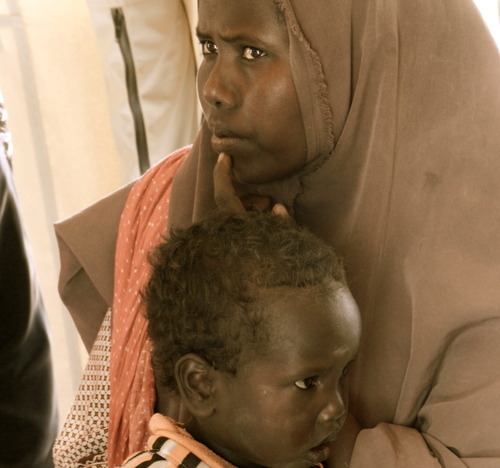
A mother waiting outside a clinic rolling out a vaccination program for polio.
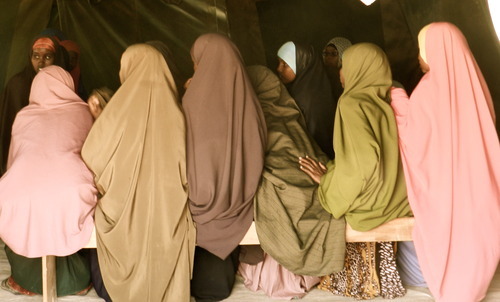
Young girls, all victims of rape within the past 4 weeks, in a group counsel meeting. Most of these girls, despite being as young as 13, are married.
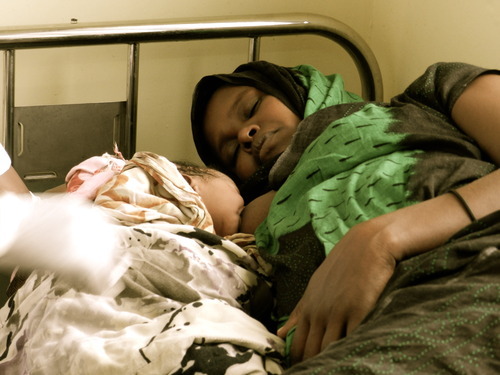
A new mum, hours after giving birth, being assisted with breast-feeding. Mothers with infants qualify for special nutrition programs to ensure they can produce breastmilk to feed their child.
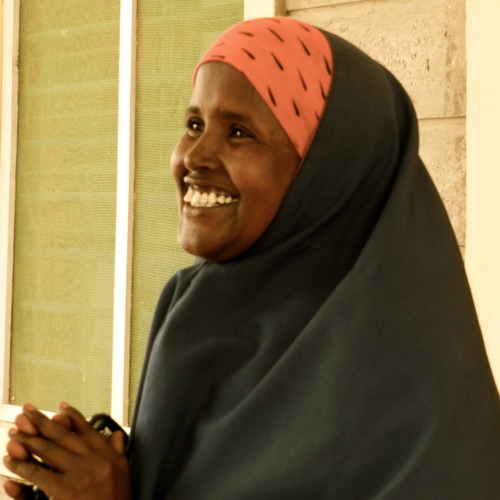
One of the midwives at the new Kenya Red Cross maternity ward. Her enthusiasm is what makes hope possible.
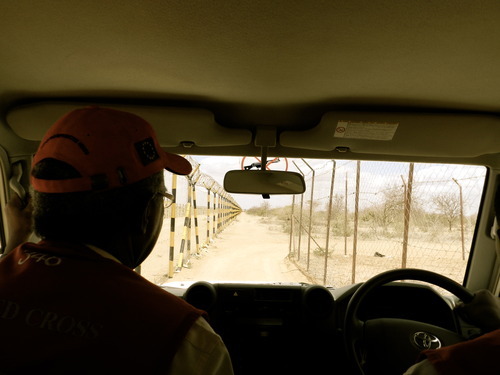
The location where, two months before, 4 NGO workers were ambushed and kidnapped by al shabaab. After killing the driver and apprehending the car with the 4 workers, they drove through the outer layer of fencing (left fencing).
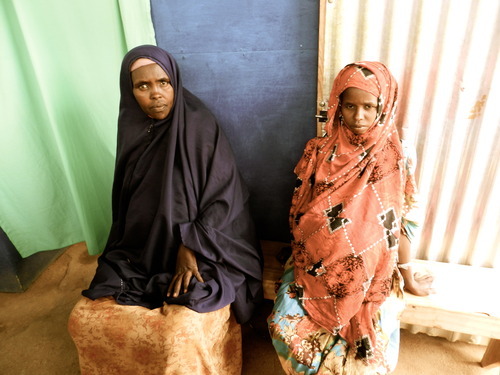
Waiting Despite their reluctant countenance, they broke into smiles and laughter when I showed them this photo on my camera.
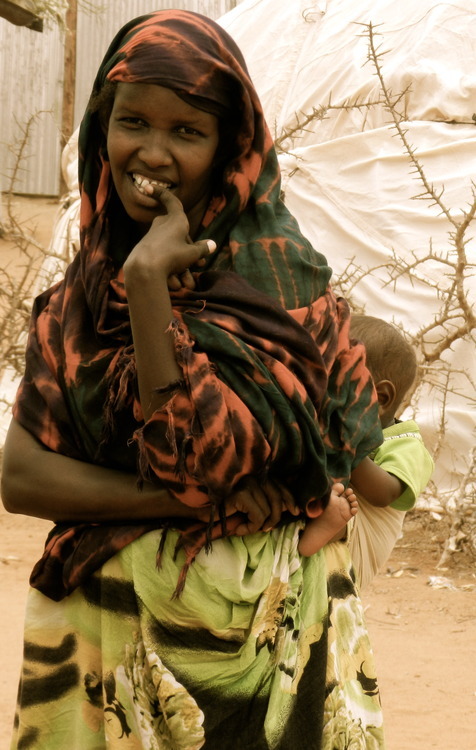
Woman and child. Unsure of what to make of me taking her photo.
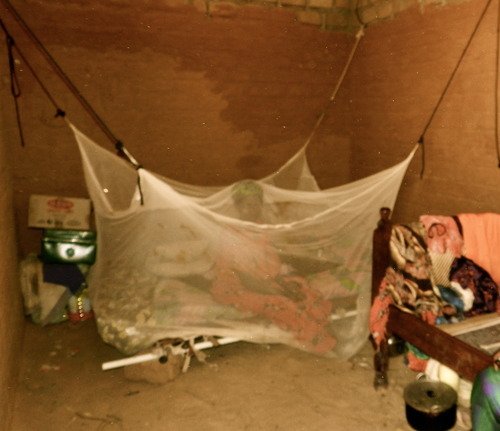
A rare glimpse into a refugees’ living conditions. These mud walls were built by their own hands, a requirement after the UNHRCR issued tents break down into tatters after a few years.
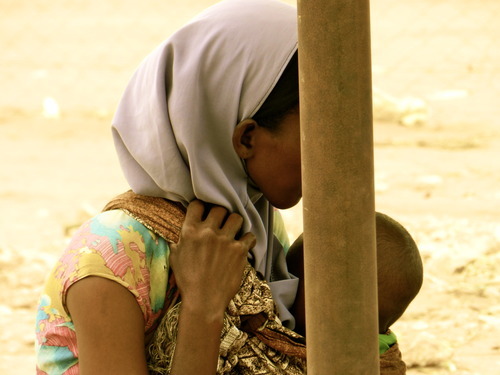
The faceless many that live and die in Dadaab.
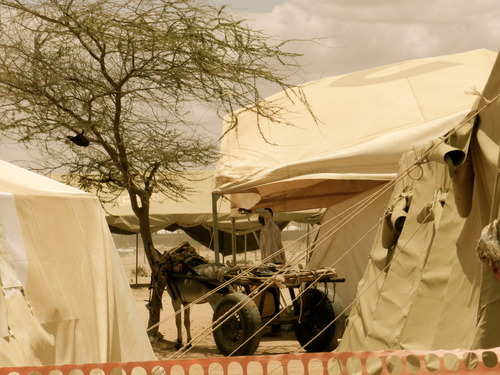
A donkey-cart ambulance, resting while on call at one of the Kenya Red Cross Clinics.
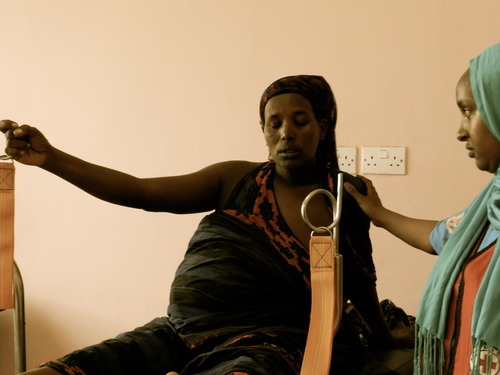
In the new Kenya Red Cross Maternity Ward at one of the Kenya Red Cross Clinics in Dadaab. This women had been in labor for 7 hours, and gave birth about 40 minutes after this photo was taken.
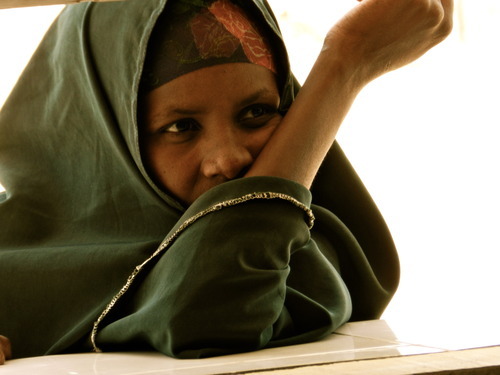
Waiting. For medicine, for food, for supplies, for something else. Waiting is Dadaab.
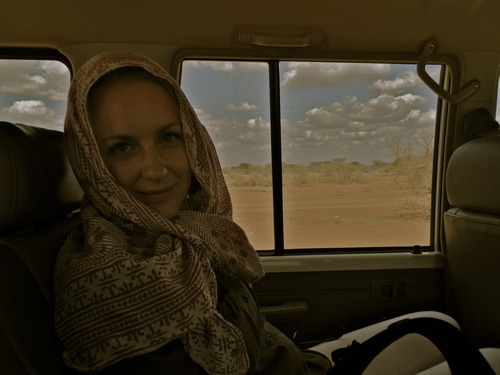
End of the day, on the way to the airstrip to fly back to Nairobi. Tired.